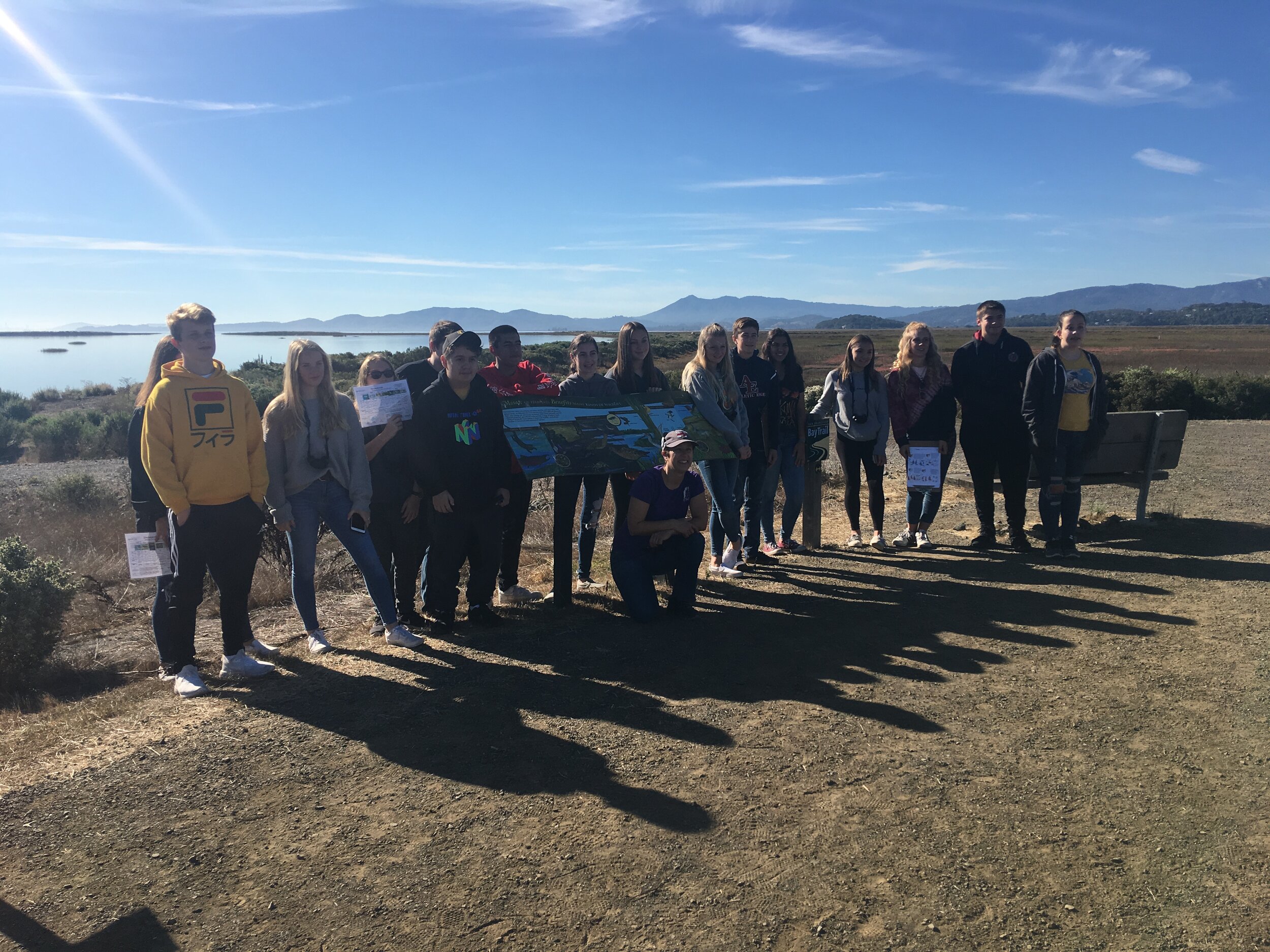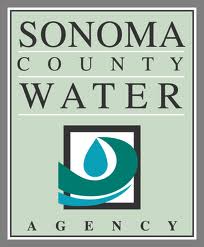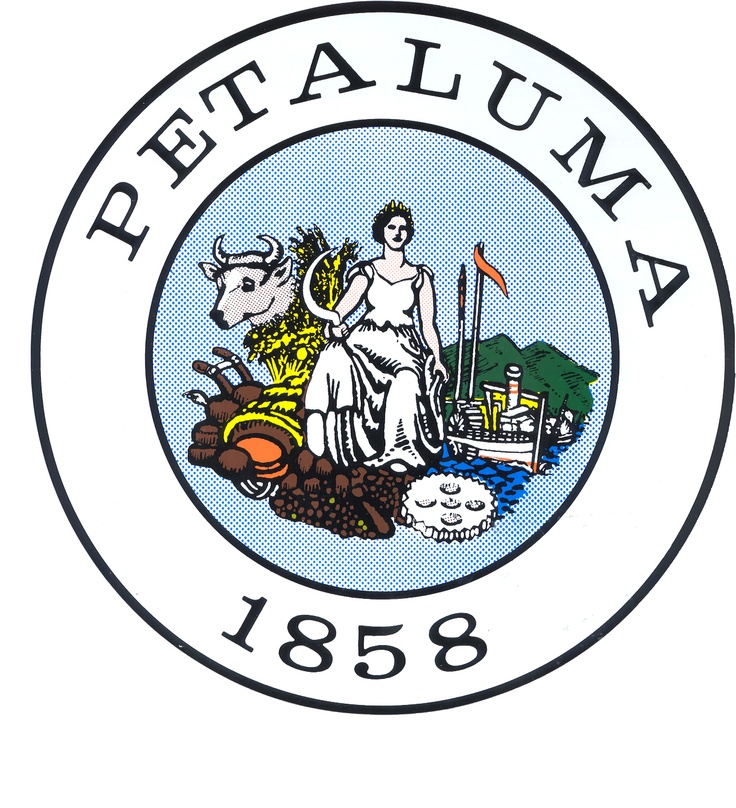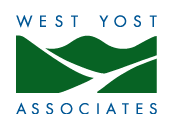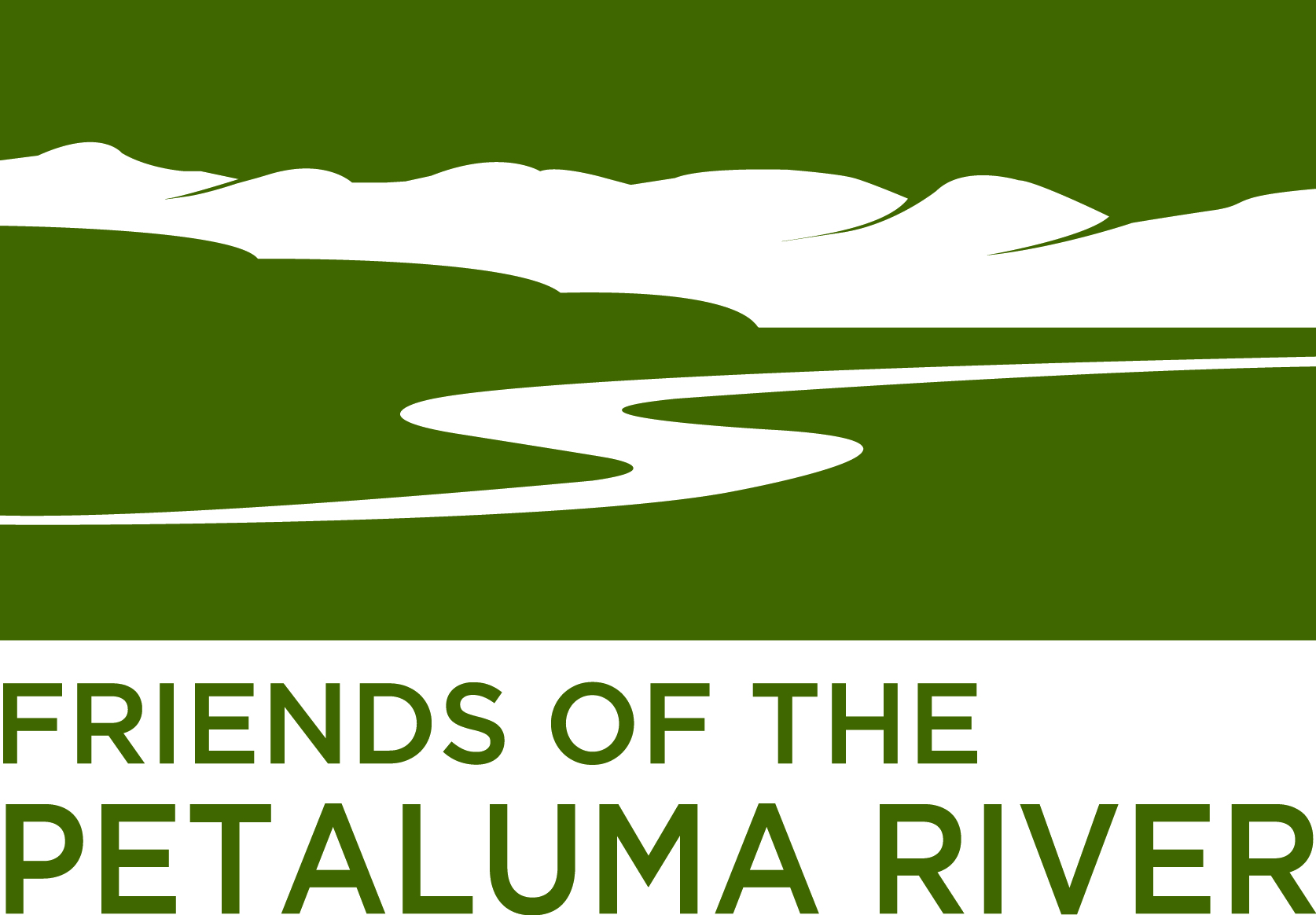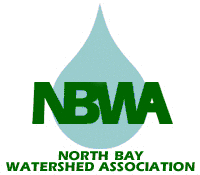RUNNING WITH THE RIVER
Participating Schools: Petaluma High School
Lead Teacher: Kris Camacho
Participating Classes: 9/10 Honors Biology and 11/12 AP Environmental Science
Overview: Students will write observations, an inquiry question and a testable hypothesis related to the guiding question, “Is the Petaluma River watershed ecosystem healthy?” Based on data and evidence collected in an experiment Students will make a public service announcement in which a well researched suggestion related to environmental stewardship of the Petaluma River watershed ecosystem is presented.
Curriculum Highlights
Key Learning Objectives: Students will develop field observation skills as they work toward understand what’s happening in a watershed/riparian environment and will identify ecological relationships.
Fieldwork Activities:
Lab: Rock Porosity
Lab: Groundwater Study (relationship between surface water pollutants & groundwater)
Lab: Sewage Treatment in a Bottle (In preparation for our field trip to Ellis Creek Water Treatment
Lab: Oil Spill and Clean-Up
Field Trip: Ellis Creek Water Recycling Facility 3890 Cypress Dr. Pet. 94954
Field Trip: Field Study at River/Steamer Landing Park
Student Work
Petaluma High School students presented their PSA at the 2019 Student Showcase.
Students in Ms. Camacho's class made this video on biodiversity in the river as part of their presentation for the 2016 Watershed Classroom Showcase.
Curriculum Standards
Next Gen Science: HS.LS1-3 Plan and conduct an investigation to provide evidence that feedback mechanisms maintain homeostasis. (example - organism response/health related to temp changes in response to water depth)
Common Core State Standards: WHST.9–12.7 Conduct short as well as more sustained research projects to answer a question (including a self-generated question) or solve a problem; narrow or broaden the inquiry when appropriate; synthesize multiple sources on the subject, demonstrating understanding of the subject under investigation.
Next Gen Science: HS.LS2.7 Design, evaluate, and refine a solution for reducing the impacts of human activities on the environment and biodiversity.
